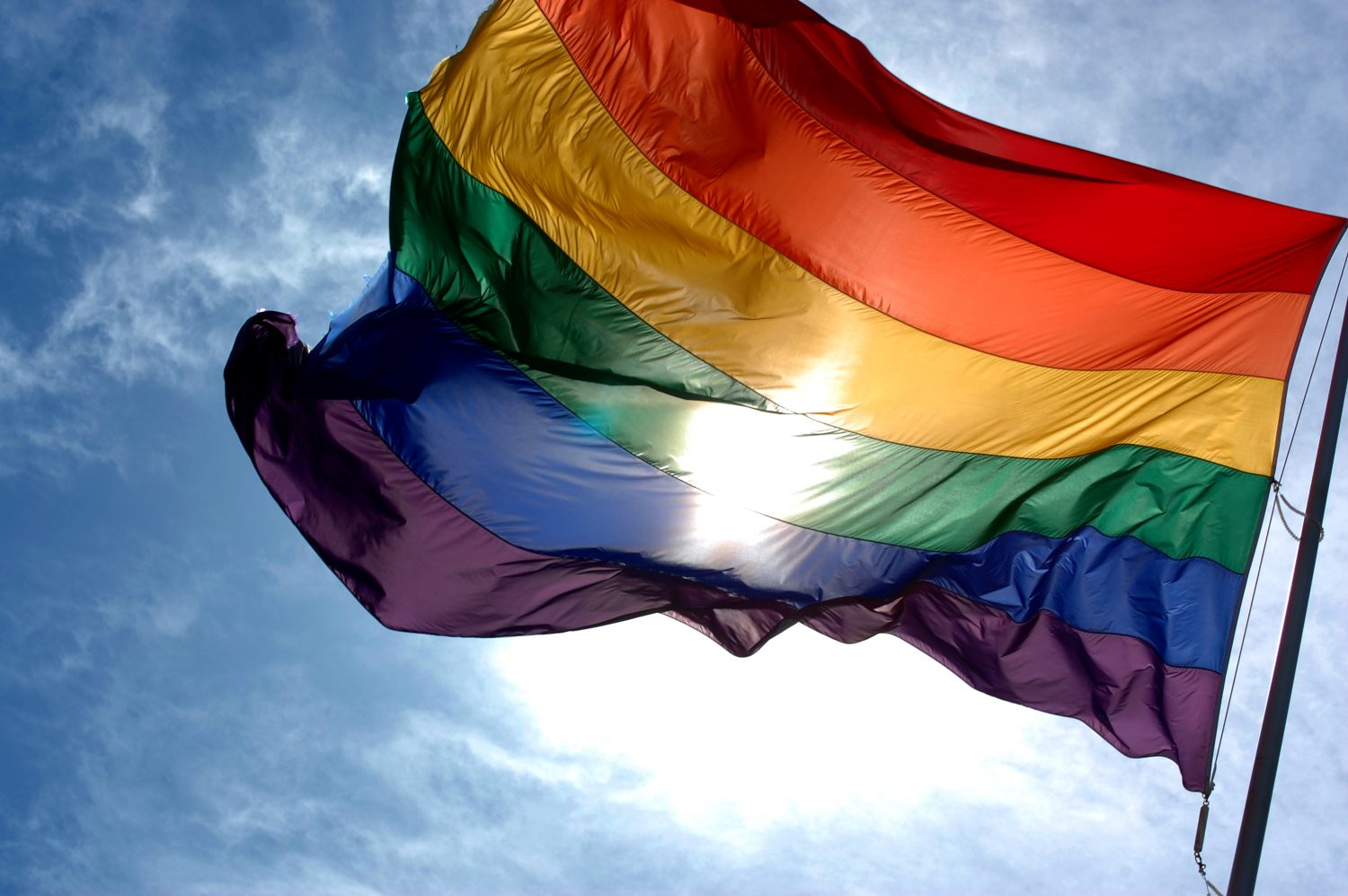We dive deep into the systemic issue that’s gripped society for decades.
In April of this year, Australian Red Cross Lifeblood launched a review into the restriction on men who have sex with men (MSM) donating blood.
The particular restriction called into question states that a man who has had sex with another man in the last twelve months is not able to donate blood – this rule is also known as a ‘deferral period’ or ‘sexual activity-based postponement’.
Lifeblood has suggested this deferral period be reduced from twelve months to three months, which is something the Therapeutic Goods Administration (TGA) has accepted and is now awaiting government approval.
Helen Walsh is the National Media Director of Lifeblood and says their review was “based on an assessment of the most up-to-date clinical and scientific evidence … including local and international epidemiological data and improved [blood] testing technology”.
So why are there restrictions on MSM in the first place?
In 1983, during the AIDS epidemic, when there wasn’t yet a test for HIV, a lifetime ban was placed on MSM in a bid to protect blood supply.
To HIV activist and co-founder of The Institute of Many, Nic Holas, this was a trying time.
“People living with HIV – gay or not … in the early days of the epidemic, unbeknownst to them, donated to the blood bank and those donations infected people [who] went on to develop AIDS-defining illnesses and died.” It was something Holas says was a “tragic reality”.
Almost 40 years later, despite major improvements in research, testing, and treatment, there are still significant restrictions on MSM donating blood.
“There’s been a lot of advocacy to change that as testing [for HIV] has improved,” says Jennifer Power, a Senior Research Fellow at the Australian Research Centre in Sex, Health, and Society.
In 2000, Australian blood donation regulations changed to allow men who have not had sex with other men in the last twelve months to donate.
That brings us to the current situation where the TGA and Lifeblood have both approved a move to lower the timeframe from twelve months to three months.
GPPAUNZ — Australia could become latest country to partially relax blood donation laws: Gay and bisexual men, alongside other men who have sex with men (MSM), would only have to be celibate for three months instead of the current 12 … https://t.co/hrB1NdeWQJ
— Stigmabase | ASIA (@PairsonnalitesA) April 18, 2020
Some people think this change is still discriminating against MSM.
Power says the restrictions have a contentious history: “The deferrals were put in place in the context of a lot of fear … it’s hard to disentangle that.”
Holas agrees, saying, “that unfairness is set against the backdrop of [a] cosmic unfairness that gay and bisexual men have been disproportionately affected by HIV and AIDS since the very start of the epidemic”.
For Power, “[this discussion] sits within HIV stigma … which is still massive”.
“I don’t think you can … talk about this issue without, in some ways, putting [HIV] front and centre. There’s still an argument for the blood bank to think about how best to manage the risk of HIV getting into the blood supply,” says Power.
The lack of knowledge of one’s sexual health status might be the real risk to Australia’s blood supply but Jason Tuazon-McCheyne, CEO of The Equality Project, says this unawareness is not likely to be coming from the LGBTIQ+ community.
“[For] LGBTIQ+ persons, sexual health is front and centre of the way they live their life … I would dare say most of us are really good at being aware of our sexual health.”
The deferral period for MSM isn’t just for unsafe sex, but for protected sex and sex had with a fluid-bonded or monogamous partner as well. This is something which Tuazon-McCheyne thinks is absurd.
“I’ve never gone to give blood because I’m not welcome and I’m not going to lie.” However, if the rules were different, he says he would be donating blood every six months.
“It’s ridiculous actually, to have an abstinence clause – whether it’s one month, three months, twelve months – it’s prohibitive, it’s discriminatory, and it’s unnecessary,” he says.
Tuazon-McCheyne is adamant the crux of this issue surrounds discrimination.
“Queer people are good citizens and their blood is available and it’s being ignored and actively discriminated against.”
Holas agrees that the restrictions are discriminatory, but says, “It’s still – at this point – a necessary discrimination”.
“I get that it’s unfair [and] feels discriminatory, and I hear that and I really respect that.”
“This is a super complex issue,” Holas admits. “[The restrictions are] based on population-level data, which is really what public health is about – this is big picture stuff that sadly doesn’t care much about people’s feelings.”
One solution is to have restrictions based on sexual safety or sexual activity instead of sexuality.
“[Lifeblood] could do that,” Power says, “but obviously then they’re going to risk losing donors, and they can’t afford to do that”.
Holas agrees that this would “end up eliminating a huge part of the hetero[sexual] donor pool”.
“On one level [blood equality activists] say they’re really concerned about the blood bank supply levels and they want people to be able to donate, but then at the same time they’re literally calling for a measure that would – in all likelihood – reduce the number of potential donors in far greater numbers than [what] them being able to donate blood would contribute.”
Holas has a different solution.
“The most ethical way for gay and bi[sexual] men to donate blood is to end HIV,” he says.
He says easing existing restrictions now “feels a little bit like putting the cart before the horse”.
There have been incredible advancements in the fight to end HIV since the beginning of the epidemic in the early ’80s.
People receiving anti-retroviral treatment (as of 2017, more than half the global population living with HIV), will generally have an undetectable viral load, meaning they cannot transmit the virus.
“We’re also seeing HIV negative guys embrace PrEP as a really phenomenal prevention technology, we’re seeing more people accept the science of U=U [Undetectable = Untransmittable] and make space for [HIV positive people] in their lives,” Holas says.
“I wish the work was over, but we’ve still got more work to do.”
Lifeblood’s sexual activity review says, “Lifeblood would like to make it easier for all Australians to give blood, while ensuring Australia’s blood and blood products are as safe as possible for blood recipients”.
Exactly just how to achieve that is still a contentious topic in the LGBTIQ+ community.
To find out more about blood donation eligibility visit the Australian Red Cross Lifeblood website.
Never miss a story. Sign up to Beat’s newsletter and you’ll be served fresh music, arts, food and culture stories five times a week.







